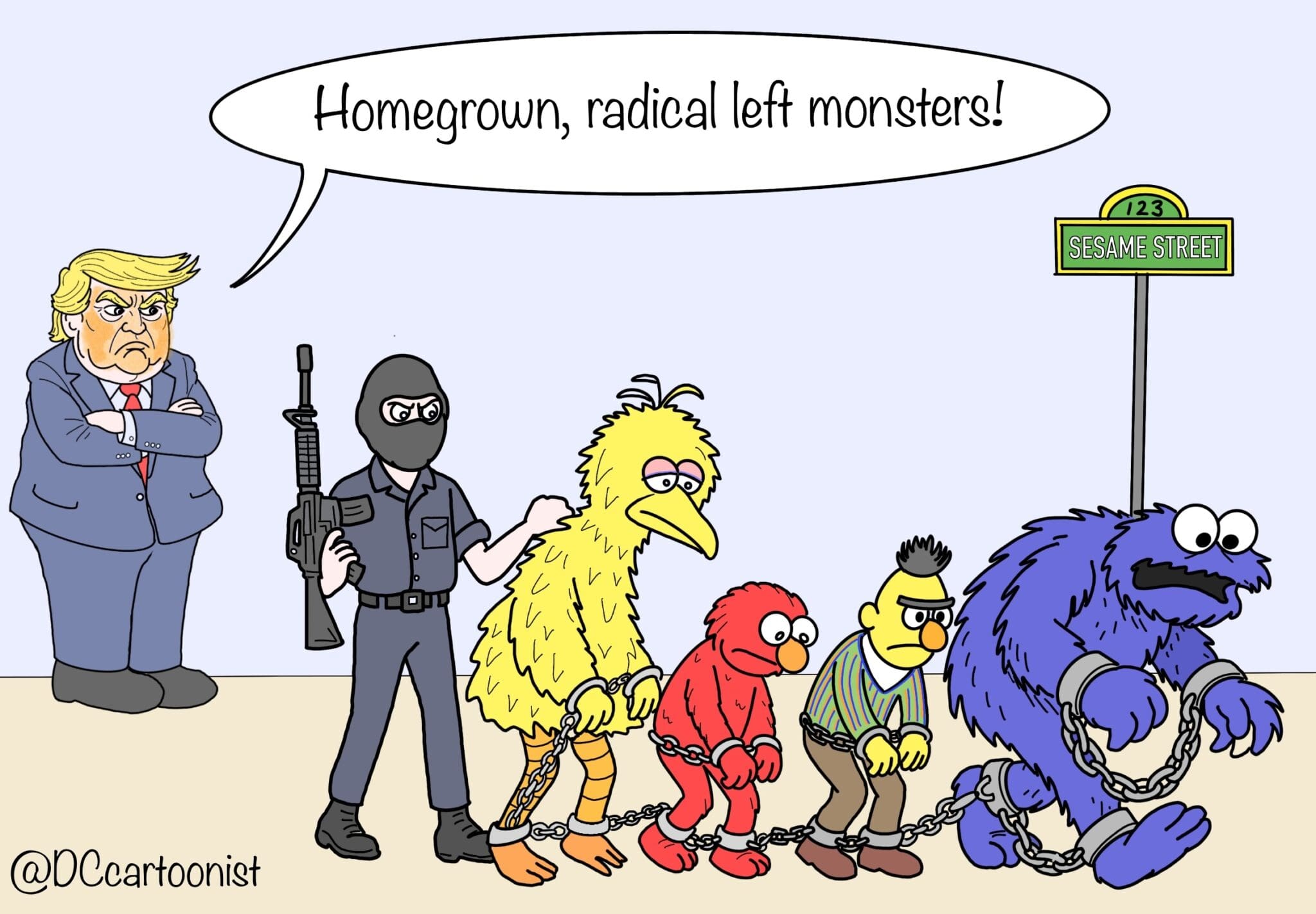
The Case for Public Media
Local media is undeniably in crisis. According to a 2024 study by Northwestern University, more than 3,200 print newspapers have shut down since 2005—and the trend shows no sign of slowing. In the past year alone, 130 newspapers have closed, with more disappearing at a rate of over two per week.
In the digital age, the traditional for-profit news model has struggled to sustain regional reporting. As local journalism fades, so does a critical check on government and corporate power. Without media scrutiny, those in power are left to operate with little accountability.
That’s where public media steps in.
Funded in part by taxpayer dollars, public television and radio—especially stations affiliated with PBS and NPR—serve a vital role, particularly in underserved and rural areas where commercial outlets have disappeared. Yet, public media has come under attack. Former President Trump’s campaign against it—calling PBS and NPR “radical left monsters“—was not just rhetoric; it was a direct challenge to one of the few remaining pillars of civic accountability.
Public media often evokes images of Sesame Street characters or gentle-voiced radio hosts. But it’s so much more than nostalgia or caricature. This cartoon illustrates this vividly: beloved Sesame Street characters are shown being carted away, a dramatic metaphor for the erosion of trusted public institutions. It’s hyperbolic, yes—but not without a grain of truth. The threat to public media is a threat to informed democracy.